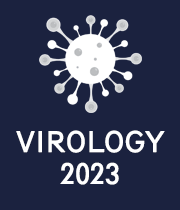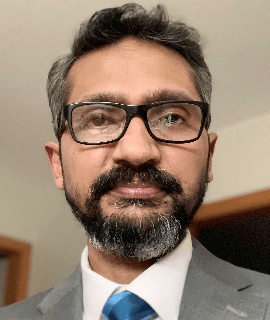Abstract:
Abstract: We have recently conducted a high throughput screen of an FDA-approved drug library to isolate small molecule regulators of IRF3 activities. IRF3 is a well-known transcription factor for inducing interferon (IFN) genes in response to viral infection. IRF3, upon virus infection, is activated by phosphorylation, leading to its translocation from the cytosol to the nucleus to transcribe the target genes, e.g., IFNs and IFN-stimulated genes (ISGs). We have uncovered that IRF3, in addition to its transcriptional activity, can trigger a direct apoptotic pathway in the virus-infected cells. In the apoptotic pathway, IRF3 is activated differentially by polyubiquitination to translocate from the cytosol to the mitochondria and activate the intrinsic apoptotic pathway. Together, both pathways are required for the optimal antiviral action of IRF3. To isolate FDA-approved compounds that can activate IRF3 functions, we performed a high throughput screen and isolated a number of compounds that activate IRF3 differentially for these two pathways. The presentation will highlight how the new regulators modulate the IRF3 activities to impact the viral replication.
What will audience learn from your presentation?
The audience will learn how the virus-infected cells can mount antiviral programs and how we can use drugs to modulate these responses to control viral infection. Moreover, these mechanisms and concepts can be applied to other diseases, in addition to viral infection.
Biography:
Chattopadhyay laboratory is interested in studying how the interferon system protects against virus infection. In this context, Dr. Chattopadhyay has been studying how a key transcription factor Interferon Regulatory Factor 3 (IRF3), functions to inhibit viral replication in vitro and in vivo. IRF3, upon activation by virus infection, transcriptionally induces many antiviral genes, such as interferons and interferon-stimulated genes (ISGs). The protein products of these ISGs inhibit specific stages of the viral life cycle, thereby inhibiting virus replication. Because a single ISG cannot inhibit all viruses, it is important to investigate virus-specific ISGs. Using high throughput screening approaches, Dr. Chattopadhyay began to identify new viral restriction mechanisms. In the future, these mechanisms will be tested in vivo using appropriate viral pathogenesis models.
A major accomplishment of Dr. Chattopadhyay’s research has been the discovery of a non-transcriptional pathway of IRF3 to kill the virus-infected cells. IRF3 does not require its transcriptional activity in this pathway, but upon binding with the pro-apoptotic protein BAX, it triggers a direct apoptotic response in the virus-infected cells. Specific protein components are required to trigger this pathway by virus-induced RIG-I activation. This pathway is required for antiviral protection; the absence of this pathway leads to viral persistence. Dr. Chattopadhyay’s recent studies illuminated that ubiquitination of IRF3 triggers the apoptotic pathway. Moreover, in the absence of induced antiviral genes, the apoptotic pathway can protect mice against respiratory viral pathogenesis. Using newly-generated knock-in mice, Dr. Chattopadhyay’s studies demonstrated that the apoptotic function of IRF3 provides antiviral protection in the absence of its transcriptional activity. Because the viruses often shut off the host protein synthesis machinery, it is critical to provide antiviral defense even in the absence of induced antiviral genes.
The ongoing projects in Dr. Chattopadhyay’s laboratory involve the finer details of both the transcriptional and non-transcriptional pathways. Major questions will be how the host selectively uses these pathways in specific cells and protect against viral and non-viral diseases.
Dr. Chattopadhyay received his PhD from the Indian Institute of Technology Delhi and did his postdoctoral fellowship at Cleveland Clinic under Dr. Ganes Sen. He then worked as a Project Staff and Assistant Professor at Cleveland Clinic Lerner College of Medicine. Dr. Chattopadhyay joined the Department of Medical Microbiology and Immunology in April of 2016.


